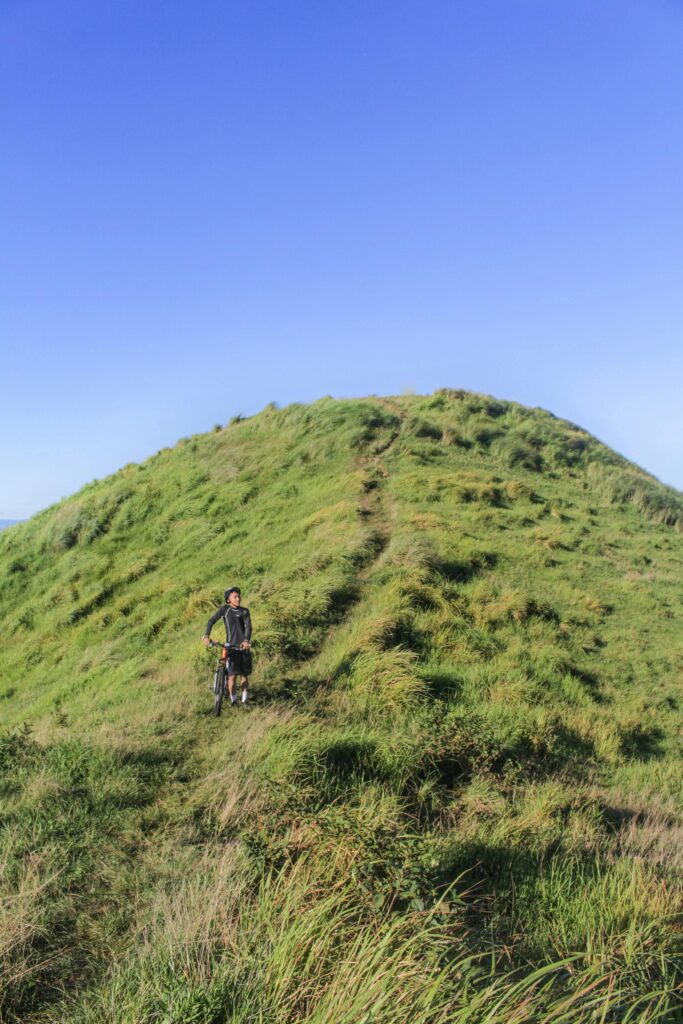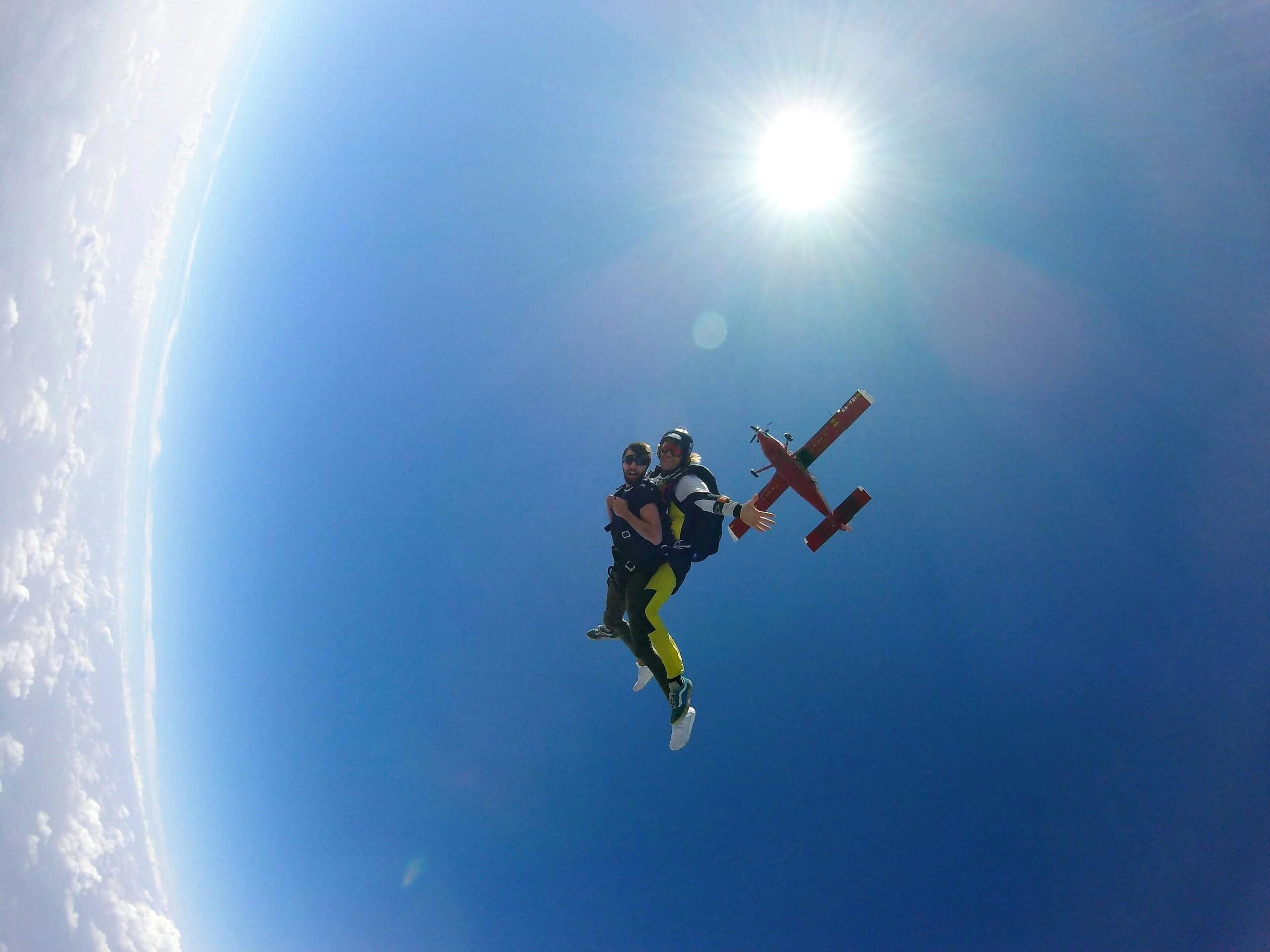Welcome to the thrilling world of mountain biking! Whether you’re a novice looking to dip your toes into off-road cycling or a seasoned pro seeking the ultimate adrenaline rush, finding the right trail is key to a rewarding experience. In this guide, we’ll take you on a journey from beginner-friendly paths to heart-pounding expert trails, providing tips, recommendations, and insights every step of the way. So, buckle up (or rather, strap on your helmet), because we’re about to explore the exhilarating terrain of mountain biking trails, catering to riders of all skill levels.
Characteristics of beginner trails
Beginner trails typically boast characteristics tailored to ease newcomers into the world of hiking or biking. These trails often feature flat terrain, which reduces the challenge of navigating steep inclines and declines. Wider paths provide ample space for beginners to maneuver comfortably without feeling confined or overwhelmed. Additionally, beginner trails tend to have well-marked routes and clear signage, ensuring that novice outdoor enthusiasts can navigate without getting lost.
Examples of beginner-friendly trails in various regions
Across the globe, there are numerous beginner-friendly trails waiting to be explored. In North America, the Appalachian Trail offers sections suitable for beginners, with scenic views and manageable terrain. For those in Europe, the Camino de Santiago’s Camino Frances route provides a well-trodden path through picturesque landscapes, catering to hikers of all skill levels. In Asia, Japan’s Kumano Kodo trail offers gentle slopes and historic landmarks, making it ideal for beginners seeking cultural immersion along with their outdoor adventure.
Tips for beginners on how to prepare for and enjoy their first trail rides
Embarking on your first trail ride can be an exciting yet daunting experience. To ensure an enjoyable outing, beginners should start by selecting a trail that matches their skill level and interests. Conducting research beforehand, such as reviewing trail maps and checking weather forecasts, can help prepare for the journey ahead. It’s essential to pack appropriately, including water, snacks, and basic first aid supplies. Wearing comfortable and sturdy footwear, along with dressing in layers suitable for the weather conditions, will enhance comfort and safety on the trail. Finally, beginners should embrace the experience with an open mind, taking time to appreciate the natural beauty surrounding them and pace themselves according to their abilities.
Characteristics of intermediate trails
Intermediate trails offer a step up in challenge from beginner routes while still remaining accessible to those with some outdoor experience. These trails typically feature moderate elevation changes, introducing hikers or bikers to gradual inclines and descents that require a bit more effort than flat terrain. Additionally, intermediate trails may include natural obstacles such as rocks, roots, or fallen trees, adding an element of technical skill and navigation to the experience. While still manageable for most adventurers, intermediate trails offer a taste of greater difficulty without overwhelming newcomers to the outdoor scene.

Examples of intermediate-level trails with varying difficulty levels
Across different regions, intermediate-level trails offer varying degrees of challenge to suit adventurers of different skill levels. In the United States, trails like the Grand Canyon’s South Kaibab Trail provide intermediate hikers with stunning vistas and moderate elevation changes, perfect for those looking to push their limits without diving into advanced terrain. In Europe, the Tour du Mont Blanc offers a multi-day trek with challenging ascents and descents, attracting intermediate hikers seeking a physically demanding but rewarding adventure. In Asia, Nepal’s Annapurna Circuit presents intermediate trekkers with high-altitude challenges and cultural immersion, making it a popular choice for those ready to take their hiking skills to new heights.
Skills needed to tackle intermediate trails and how to improve them
Successfully navigating intermediate trails requires a blend of physical endurance, technical skill, and mental fortitude. Hikers and bikers tackling these trails should possess basic navigation skills to read trail maps and interpret trail markers accurately. Additionally, improving balance and agility through activities like yoga or strength training can enhance stability on uneven terrain. Developing endurance through regular cardio workouts like hiking, cycling, or running will build the stamina needed to tackle longer and more challenging trails. Lastly, honing problem-solving abilities and maintaining a positive mindset will empower adventurers to overcome obstacles and fully enjoy the intermediate trail experience.
Characteristics of advanced trails
Advanced trails present a formidable challenge to experienced outdoor enthusiasts, featuring characteristics designed to test their skills and endurance. These trails often boast steep descents, demanding ascents, and technical features such as narrow passages, rock gardens, and tight switchbacks. The terrain may be rugged and unpredictable, requiring riders or hikers to navigate through obstacles with precision and confidence. Advanced trails offer an adrenaline-fueled experience for those seeking the ultimate outdoor adventure, but they also require a high level of skill, physical fitness, and mental focus to conquer safely.
Examples of challenging trails for experienced riders
Around the world, advanced riders seek out challenging trails that push their limits and provide an exhilarating experience. In North America, the Porcupine Rim Trail in Moab, Utah, offers advanced mountain bikers a thrilling descent through rocky terrain and technical features, with breathtaking views of the surrounding desert landscape. In Europe, the A-Line trail in Whistler, British Columbia, is renowned for its steep drops, massive jumps, and high-speed flow sections, attracting experienced riders from across the globe. In Asia, the Yak Attack trail in Nepal presents expert mountain bikers with extreme altitudes, treacherous descents, and rugged terrain, making it a legendary test of skill and endurance.
Advanced riding techniques and safety precautions
Successfully navigating advanced trails requires mastery of advanced riding techniques and a strong emphasis on safety. Riders should be proficient in techniques such as bunny hops, manuals, and drop-offs to navigate technical features with confidence and control. Developing strong bike handling skills through practice and training sessions will enhance stability and agility on challenging terrain. Additionally, riders should always wear appropriate safety gear, including a helmet, knee and elbow pads, and gloves, to protect against falls and impacts. It’s crucial to assess trail conditions carefully, adjust riding speed accordingly, and maintain a heightened awareness of potential hazards to mitigate risks and ensure a safe and enjoyable ride.
Characteristics of expert trails
Expert trails represent the pinnacle of challenge for outdoor adventurers, offering extreme terrain and the highest level of technical difficulty. These trails push the limits of even the most experienced riders or hikers, featuring steep inclines, treacherous descents, and obstacles that demand absolute precision and mastery of advanced skills. The terrain may include rock faces, tight chutes, exposed ridgelines, and other features that require expert-level navigation and control. Expert trails provide an adrenaline-fueled experience for those seeking the ultimate outdoor challenge, but they also pose significant risks and require a high degree of skill, physical fitness, and mental focus to conquer safely.
Showcase of some of the most challenging trails around the world
Across the globe, expert riders and hikers seek out the most challenging trails to test their limits and push their skills to new heights. In North America, the Captain Ahab trail in Moab, Utah, is notorious for its technical features, including steep drops, tight switchbacks, and exposure along cliff edges, making it a favorite among expert mountain bikers. In Europe, the Dolomites’ via ferrata routes offer experienced climbers a vertical playground of sheer rock faces, ladders, and cable bridges, providing a thrilling alpine adventure with breathtaking views. In Asia, the Snowman Trek in Bhutan presents expert hikers with a grueling multi-day journey through remote high-altitude terrain, with steep ascents, challenging river crossings, and unpredictable weather conditions testing the limits of endurance and skill.
Advice for expert riders looking to push their limits and conquer new challenges
For expert riders seeking to conquer the most challenging trails, preparation, skill development, and safety are paramount. Prioritize physical conditioning and technical skill training to build strength, agility, and confidence on extreme terrain. Take time to scout and familiarize yourself with the trail, noting key features, obstacles, and potential hazards to develop a strategic approach and mitigate risks. Always ride within your limits and know when to push yourself and when to exercise caution. Surround yourself with a supportive team of fellow riders or hikers, and consider hiring a guide or instructor with local expertise for added safety and guidance. Remember to respect the environment and adhere to trail etiquette, leaving no trace and preserving the wilderness for future generations of adventurers.
FAQs
Q. What are some beginner-friendly mountain biking trails?
A. Beginner-friendly mountain biking trails typically feature smooth, wide paths with gentle inclines and few technical obstacles. Look for trails labeled as “green” or “easy” difficulty. These trails are often found in parks or beginner-friendly mountain biking areas.
Q. What should beginners consider before hitting the trails?
A. Before hitting the trails, beginners should ensure they have the appropriate safety gear, including a properly fitting helmet and gloves. It’s also important to start with shorter, easier trails to build confidence and skills gradually. Additionally, beginners should familiarize themselves with basic mountain biking techniques such as braking, shifting gears, and navigating obstacles.
Q. What are some intermediate-level mountain biking trails?
A. Intermediate-level mountain biking trails typically offer a mix of smooth and technical terrain with moderate climbs and descents. These trails may include narrow singletracks, rocky sections, and occasional obstacles such as roots or small drops. Trails labeled as “blue” or “moderate” difficulty are suitable for intermediate riders.
Q. How can intermediate riders progress to more challenging trails?
A. Intermediate riders can progress to more challenging trails by gradually increasing the difficulty of their rides. This may involve tackling steeper climbs, navigating more technical terrain, and mastering advanced riding techniques such as bunny hops or riding over larger obstacles. It’s important for riders to continue practicing and building their skills to safely enjoy more difficult trails.
Q. What are expert-level mountain biking trails like?
A. Expert-level mountain biking trails are characterized by steep and technical terrain, including tight switchbacks, large drops, and challenging obstacles such as rock gardens or log features. These trails often require advanced riding skills and a high level of fitness. Trails labeled as “black” or “expert” difficulty are designed for experienced riders seeking a demanding and thrilling riding experience.
Q. How can riders prepare for expert-level trails?
A. Riders preparing for expert-level trails should focus on building their technical skills, endurance, and confidence on challenging terrain. This may involve practicing advanced riding techniques such as steep descents, tight cornering, and navigating obstacles at speed. Additionally, riders should ensure they have the necessary fitness level to handle long and strenuous rides in rugged mountain terrain. Proper bike maintenance and equipment inspection are also crucial before tackling expert-level trails.
Conclusion
As you venture forth into the realm of mountain biking, remember that the trail you choose can make all the difference in your riding experience. Whether you’re cruising down a gentle beginner path or conquering a daunting expert trail, each ride offers its own unique thrills and challenges. So, take the time to explore, push your limits, and most importantly, have fun along the way. And don’t forget to share your favorite trails and experiences with us – because in the world of mountain biking, the journey is just as exhilarating as the destination. Happy riding!




